Ziqian Chen
A general approach to enhance the survivability of backdoor attacks by decision path coupling
Mar 05, 2024



Abstract:Backdoor attacks have been one of the emerging security threats to deep neural networks (DNNs), leading to serious consequences. One of the mainstream backdoor defenses is model reconstruction-based. Such defenses adopt model unlearning or pruning to eliminate backdoors. However, little attention has been paid to survive from such defenses. To bridge the gap, we propose Venom, the first generic backdoor attack enhancer to improve the survivability of existing backdoor attacks against model reconstruction-based defenses. We formalize Venom as a binary-task optimization problem. The first is the original backdoor attack task to preserve the original attack capability, while the second is the attack enhancement task to improve the attack survivability. To realize the second task, we propose attention imitation loss to force the decision path of poisoned samples in backdoored models to couple with the crucial decision path of benign samples, which makes backdoors difficult to eliminate. Our extensive evaluation on two DNNs and three datasets has demonstrated that Venom significantly improves the survivability of eight state-of-the-art attacks against eight state-of-the-art defenses without impacting the capability of the original attacks.
An Auction-based Marketplace for Model Trading in Federated Learning
Feb 02, 2024Abstract:Federated learning (FL) is increasingly recognized for its efficacy in training models using locally distributed data. However, the proper valuation of shared data in this collaborative process remains insufficiently addressed. In this work, we frame FL as a marketplace of models, where clients act as both buyers and sellers, engaging in model trading. This FL market allows clients to gain monetary reward by selling their own models and improve local model performance through the purchase of others' models. We propose an auction-based solution to ensure proper pricing based on performance gain. Incentive mechanisms are designed to encourage clients to truthfully reveal their model valuations. Furthermore, we introduce a reinforcement learning (RL) framework for marketing operations, aiming to achieve maximum trading volumes under the dynamic and evolving market status. Experimental results on four datasets demonstrate that the proposed FL market can achieve high trading revenue and fair downstream task accuracy.
Proactively Control Privacy in Recommender Systems
Apr 01, 2022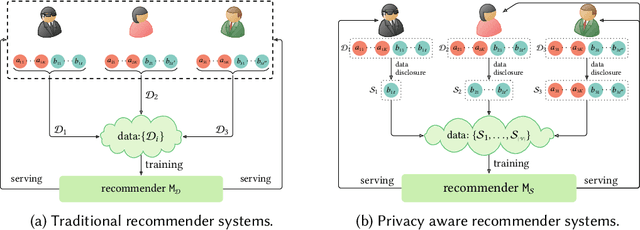

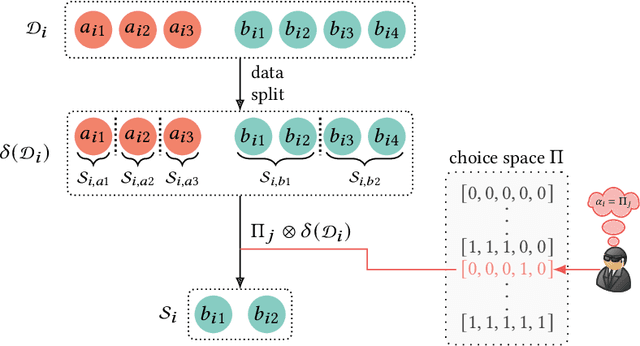
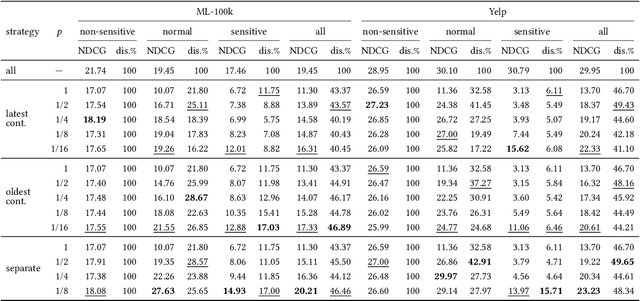
Abstract:Recently, privacy issues in web services that rely on users' personal data have raised great attention. Unlike existing privacy-preserving technologies such as federated learning and differential privacy, we explore another way to mitigate users' privacy concerns, giving them control over their own data. For this goal, we propose a privacy aware recommendation framework that gives users delicate control over their personal data, including implicit behaviors, e.g., clicks and watches. In this new framework, users can proactively control which data to disclose based on the trade-off between anticipated privacy risks and potential utilities. Then we study users' privacy decision making under different data disclosure mechanisms and recommendation models, and how their data disclosure decisions affect the recommender system's performance. To avoid the high cost of real-world experiments, we apply simulations to study the effects of our proposed framework. Specifically, we propose a reinforcement learning algorithm to simulate users' decisions (with various sensitivities) under three proposed platform mechanisms on two datasets with three representative recommendation models. The simulation results show that the platform mechanisms with finer split granularity and more unrestrained disclosure strategy can bring better results for both end users and platforms than the "all or nothing" binary mechanism adopted by most real-world applications. It also shows that our proposed framework can effectively protect users' privacy since they can obtain comparable or even better results with much less disclosed data.
Towards Digital Retina in Smart Cities: A Model Generation, Utilization and Communication Paradigm
Jul 31, 2019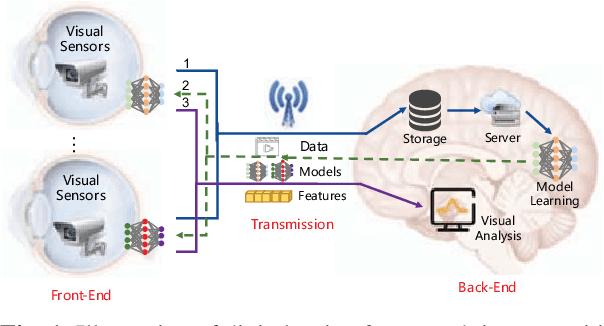

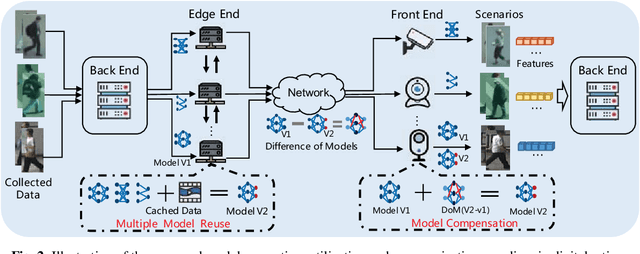
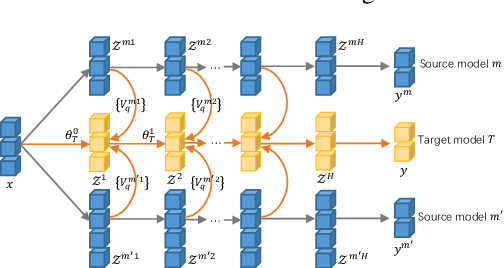
Abstract:The digital retina in smart cities is to select what the City Eye tells the City Brain, and convert the acquired visual data from front-end visual sensors to features in an intelligent sensing manner. By deploying deep learning and/or handcrafted models in front-end devices, the compact features can be extracted and subsequently delivered to back-end cloud for search and advanced analytics. In this context, we propose a model generation, utilization, and communication paradigm, aiming to address a set of unique challenges for better artificial intelligence services in smart cities. In particular, we present an integrated multiple deep learning models reuse and prediction strategy, which greatly increases the feasibility of the digital retina in processing and analyzing the large-scale visual data in smart cities. The promise of the proposed paradigm is demonstrated through a set of experiments.
 Add to Chrome
Add to Chrome Add to Firefox
Add to Firefox Add to Edge
Add to Edge